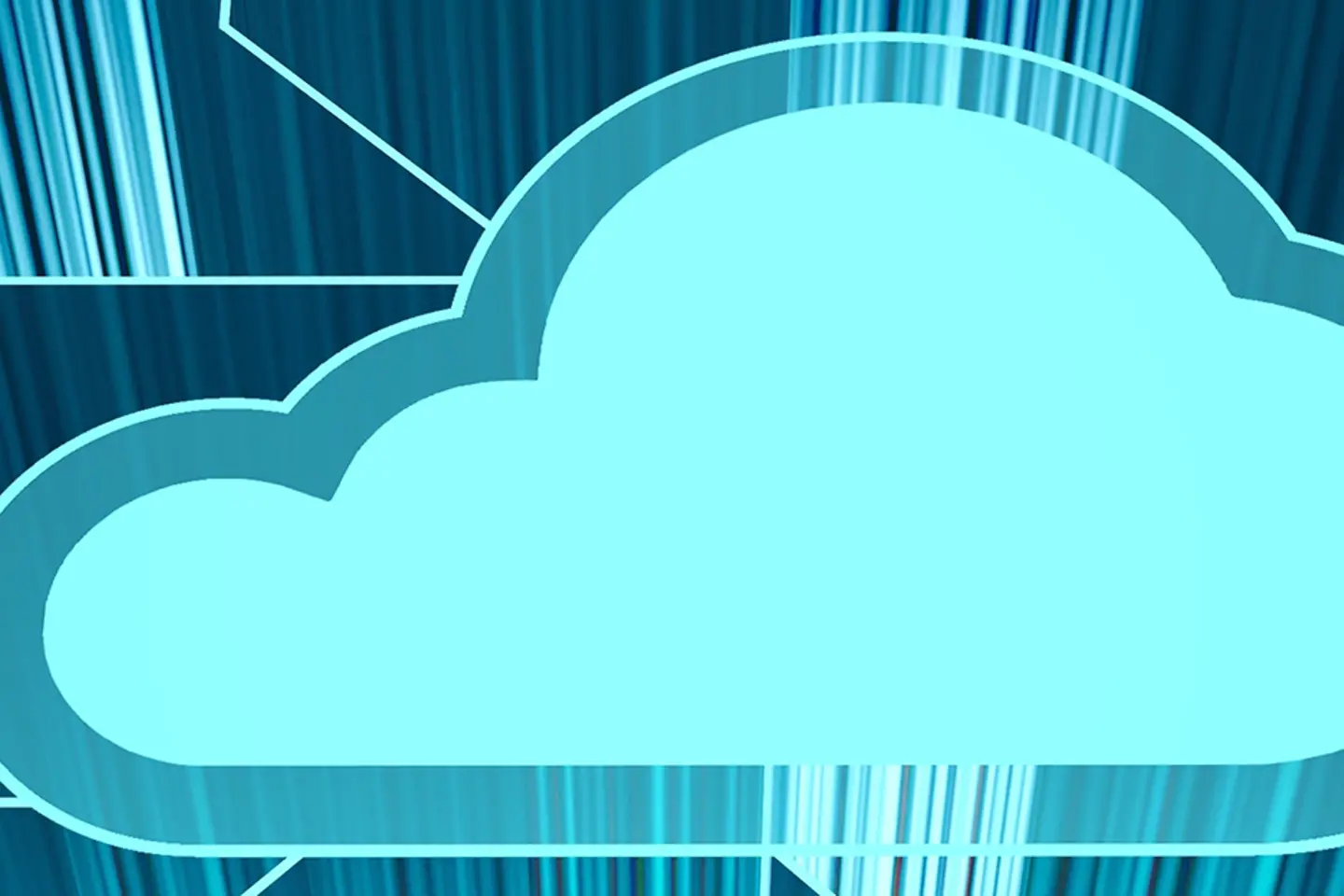
As more retail business moves to the Internet, new logistics concepts are needed, for example, for the fast delivery of perishable goods. Cost-efficient operation of the last mile poses a special challenge. Providing support for complex supply chains with IoT solutions to achieve transparent, optimized logistics is another challenge. The customer also wants to offer innovations in traditional letter mail business: electronic letters and the automated dispatch of bulk mailings are just two examples. What’s more, cost advantages play a crucial role in an industry with low margins – reason enough for the logistics service provider to rely on the public cloud. T-Systems is supporting a logistics company on its way from the legacy world to the public cloud – with managed public cloud services for Azure.
T-Systems as a managed service provider – that means the customer combines the lightness and agility of the cloud with extensive governance and top-quality service.
Jens Knepper, T-Systems

In 2017, the group developed a new IT strategy that focuses on the public cloud. It wanted to take advantage of the agility of the public cloud and chose to focus on Microsoft Azure as a platform. The reasoning: wide international availability of the resources to provide optimal support for its international business activities. But the in-house realization with Microsoft did not lead to the desired result: the efficient management of cloud resources required much more effort than originally expected. The standard solution “as is” did not meet the customer’s needs for IT governance. License management issues and internal cost center allocation remained fuzzy, for example. At the same time, the company expected the outsourcing to come with the high level of quality established over the years, even when using public cloud resources.

While the application was being developed for the logistics service provider, T-Systems designed the matching operating and development platform on Microsoft Azure and supplemented it with additional services to enable internal governance. The customer’s users don’t have to deal with any of this. They access the Azure platform directly, as a self-service, using an internal service catalog. T-Systems uses the monitoring functions that Azure offers and supplements them with proprietary solutions for end-to-end management of the public cloud resources. This enables internal cost allocation, for example, as well as license management for the applications used in the cloud. In addition, T-Systems supplements the cloud service catalog with managed and hardened operating systems (Managed Cloud OS) and the essential container services for the efficient use of cloud resources in the native environment. In addition to operating services, T-Systems also supports the customer with its background in cloud migration (cloud transformation services).